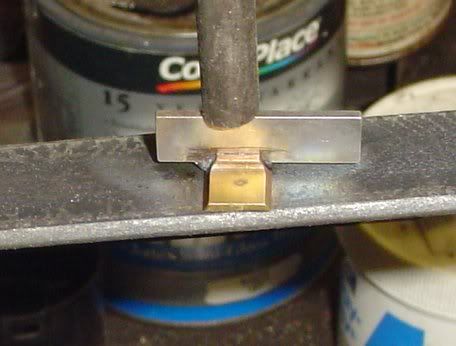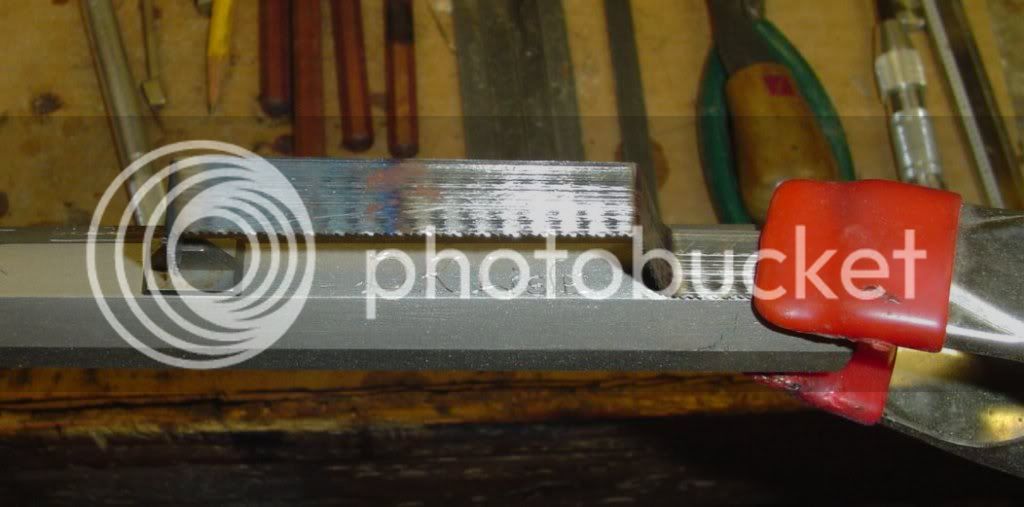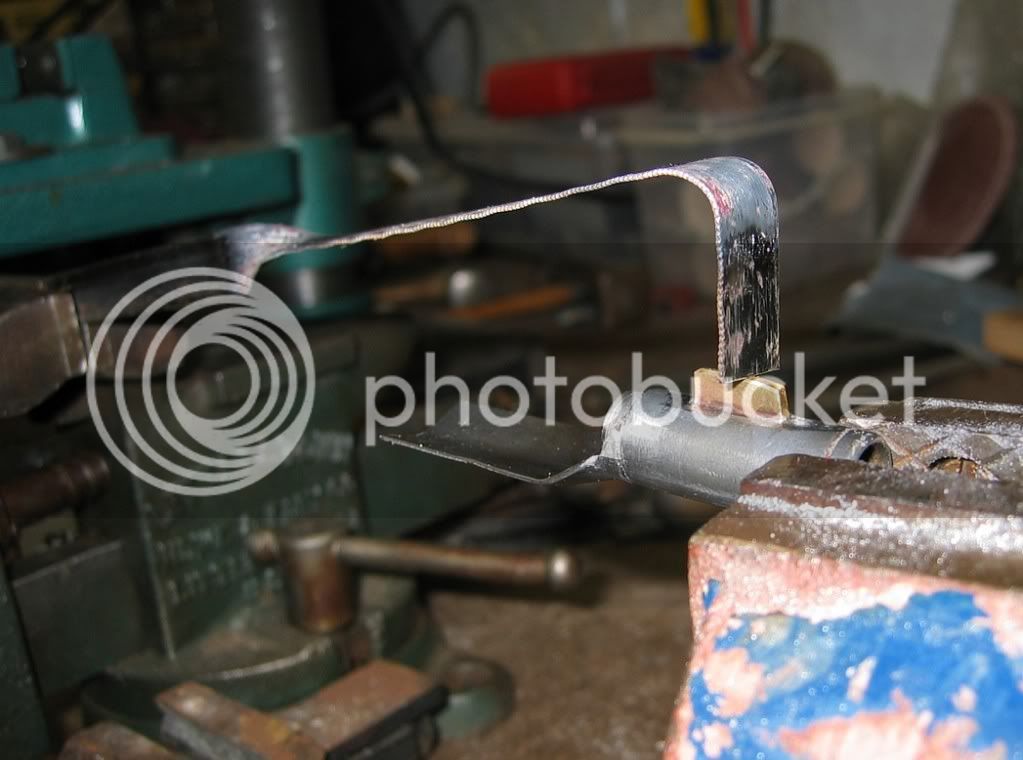- Joined
- Aug 21, 2010
- Messages
- 3,697
- Reaction score
- 408
Ok guys. Im in the middle of this early virginia 40 cal build an instead of buying everything already made up Im making some of my stuff such as sideplate and front sight. I've never soldered anything so my question is to solder a silver quarter homemade sight to a copper or brass base what flux and solder do I need to buy :idunno: I have a mapp gas small torch an thats what I will be using Thanks in advance for any helpful answers :hatsoff:








